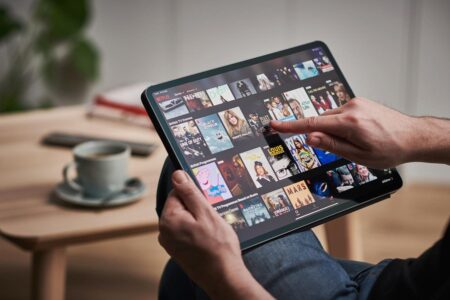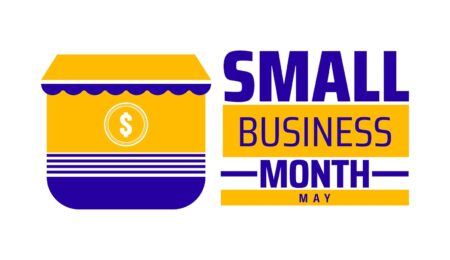OpenAI, the company behind ChatGPT, announced in April 2024 that it was testing sponsored content integrations in its business-focused offerings. Other startups in the AI industry are also designing APIs for “conversational ad insertion” to support the monetization of chatbot services without harming user experience.
The shift from passive browsing to active conversation will not just change where ads appear — it will change how ads are designed. Startups and creative agencies in the marketing industry could use this opportunity to create innovative ad formats that fit naturally into conversation flows and add real value while respecting the intent behind the user’s query. If successful, this transformation will likely lead to seismic shifts in the digital advertising landscape.
The Ad Industry Is Going To Be Unrecognisable. Again.
The modern digital advertising industry was shaped by two major forces: Google and Facebook. Google, founded in 1998, launched AdWords (now Google Ads) in 2000. This pay-per-click model changed how businesses reached customers by allowing advertisers to target users based on search intent – in other words, for the first time in history, ads were able to be targeted extremely precisely at exactly the people who are most likely to need the product or service in the ad. By 2010, Google captured over 30% of all online ad revenue globally, according to Statista.
Facebook entered the advertising market in 2007 with the launch of Facebook Ads. Unlike Google, which capitalized on search intent, Facebook focused on audience targeting through detailed personal data. By 2015, Facebook had established itself as the second-largest digital advertising platform after Google, accounting for nearly 18% of the digital ad market worldwide.
Together, Google and Facebook controlled over half of the $300 billion global digital ad market by 2020. Their dominance shaped marketing strategies for more than a decade, forcing businesses to optimize for search engines and social feeds.
2. Enter Chatbot Ads
Today, the dominance of Google in the search and advertising industry is under threat. AI chatbots like ChatGPT and others (including Google’s own Gemini) are capturing more of the information retrieval process that was once exclusively Google’s domain. A Gartner report predicted that by 2026, 25% of online searches will be conducted via AI chatbots rather than traditional search engines.
Instead of scanning a page full of links, users now expect conversational, immediate answers. As usage patterns shift, the attention that once powered Google’s ads business is beginning to fragment. Marketers are noticing. If users no longer browse a website after a Google search but instead get an answer directly from a chatbot, traditional search ads lose their influence.
This emerging behavior creates a new advertising frontier. AI chatbots, designed for utility and conversation, now have the potential to become advertising platforms themselves. Companies that learn how to integrate advertising into these systems, without disrupting user trust, could see major opportunities.
Combined with Open AI’s announcement about integration of ads, now could be a perfect timing for entering the field in order to reap the benefits as it grows.
3. New Opportunities For Marketers In Chatbots
Marketers willing to explore new landscapes will need to adapt to new formats. Here are a few ideas for how advertising could work inside AI chatbots:
- Sponsored Recommendations: If a user asks a chatbot, “What’s the best laptop for remote work?” – the response could include a clearly labeled, sponsored suggestion for a specific brand or model. Like Google Ads, these would need to be disclosed, but they could be integrated seamlessly into conversational answers.
- Product Mentions in Content: When a user asks for a travel itinerary, a chatbot could recommend a sponsored airline or hotel within the suggested travel plan. This mirrors influencer marketing in social media, where recommendations are woven into the content naturally.
- Chat-Integrated Promotions: Chatbots could offer exclusive discount codes or trial offers when users inquire about services. For example, if someone asks for the best meal delivery services, the chatbot could provide a special offer from a sponsored brand.
- Premium Listings In Comparisons: In cases where chatbots offer comparisons, e.g. “Top 5 project management tools”, a sponsored brand could appear higher in the list or be given enhanced descriptions, similar to promoted search results. Alternatively, sponsored brands could appear as “bonus options” if they are not in the original list..
- Interactive Brand Experiences: Companies could create branded “micro-conversations” or mini chat experiences within larger AI platforms. For instance, asking about fitness might trigger an optional deeper chat with a sponsored brand’s fitness advisor chatbot.
This new style of marketing will demand careful handling. Users expect AI chatbots to be useful, objective, and helpful. If ads become too intrusive or misleading, user trust could collapse quickly. Transparent labeling, relevance, and genuine value delivery will be key.
Read the full article here











